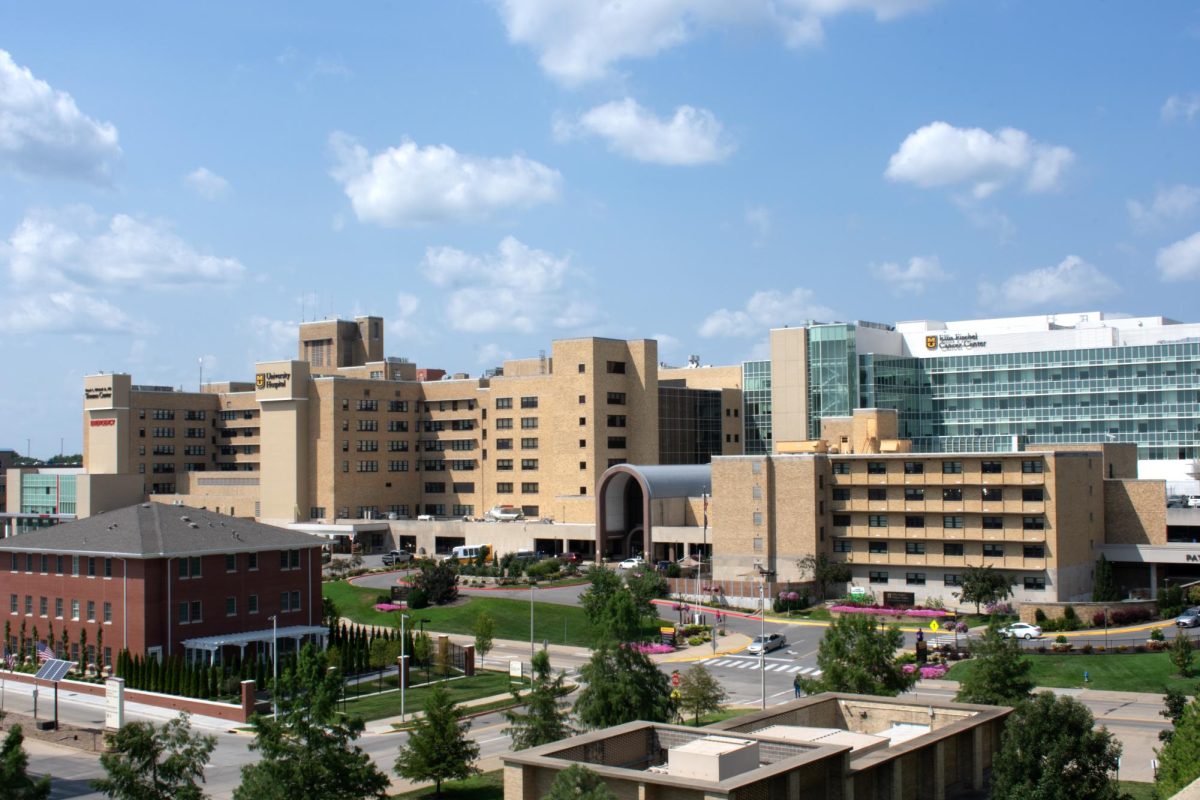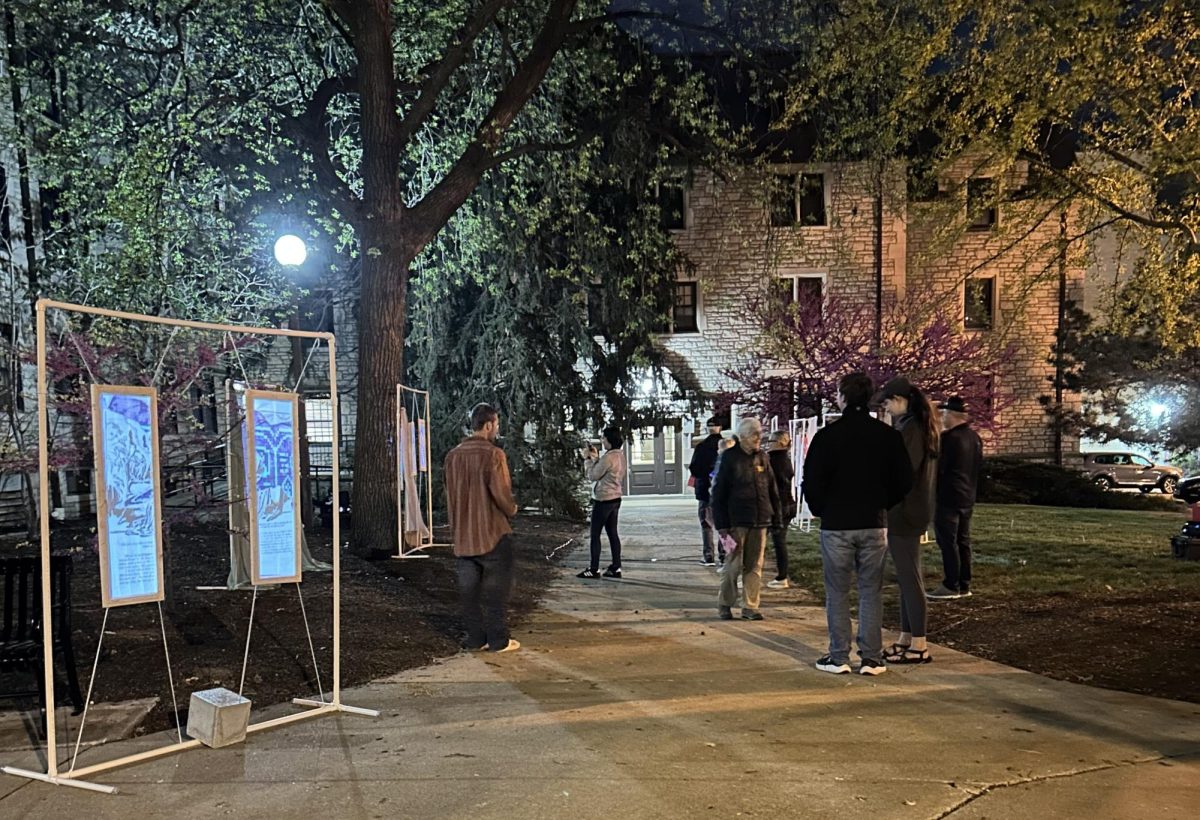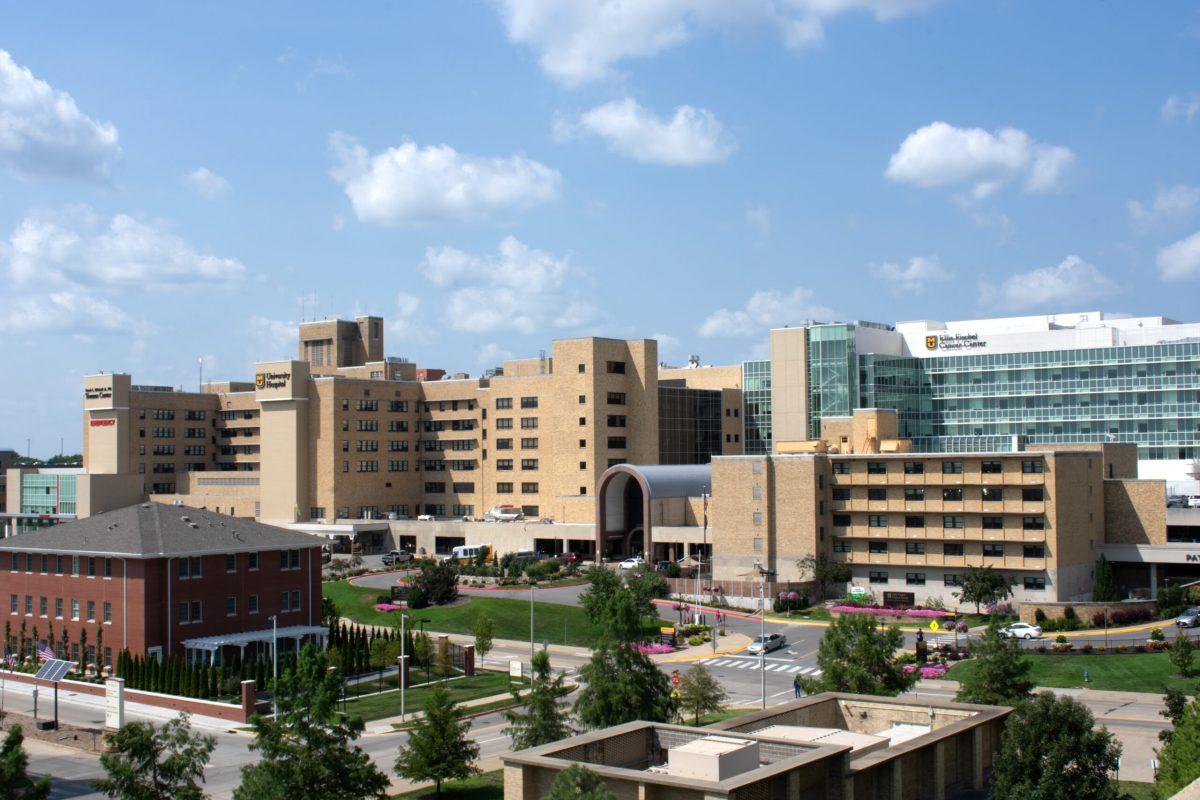With outbreaks of foodborne illnesses regularly making the news, some MU professors saw a market for a more accurate and time-efficient device to detect contamination in food. For this reason, they developed a biosensor they believe will have a major impact on the food industry.
Shuping Zhang, director of the Veterinary Medical Diagnostic Laboratory within the College of Veterinary Medicine, said that the primary motivation of the biosensor project was to significantly reduce the potential for contaminated food to make it to market.
“Our device will help control and verify that food products are safe for consumers to eat and hopefully decrease the amount of food recalls that happen,” Zhang said to the MU News Bureau.
According to the Centers for Disease Control and Prevention, roughly 48 million people suffer from foodborne illnesses annually in the United States. Mahmoud Almasri, an associate professor in the College of Engineering who helped develop the new technology, believes their device can achieve the goal of reducing that number.
“Most foodborne disease outbreaks can be prevented if the contaminating bacteria are detected before food products [are] being released to market,” Almasri said.
The new method differs greatly from those that are widely used today such as DNA testing.
“The biosensor uses a specific fluid that is mixed with the food to detect the presence of bacteria, such as salmonella, along a food production line in both raw and ready-to-eat food,” Almasri said.
Technology currently used to detect food pathogens and contaminants is accurate, says Almasri, but it takes far more time than the biosensor method would.
“Current tests used to determine positive cases of salmonella — for instance culturing samples and extracting DNA to detect pathogens — are accurate but may take anywhere from one to five days to produce results,” Almasri said.
This time factor is critical to efficient and effective detection of contaminants because a process that takes multiple days will cost more money and will likely involve multiple people overseeing it throughout the process due to the length of workers’ shifts,” Almasri said.
“This inspired us to design a highly sensitive device that can simultaneously detect multiple types of bad bacteria in a few hours,” Almasri said. “The novel design helps to speed up the detection process and keep the testing cost low.”
Now that the product has been proven in lab tests, Almasri and Zhang hope to see it implemented outside of the lab to the wider food safety industry.
“Our plan is to commercialize this highly sensitive, portable, low cost, easy-to-use system,” Almasri said. “We feel such a device or system will satisfy the large poultry processing plants.”
Almasri sees application not only in the raw poultry plants themselves, but also in operations that produce ready-to-eat poultry meals.
“In raw poultry, our device can be used for process control in the food production line at multiple locations to tell the concentration in raw poultry and obtain results within one hour instead of waiting a day or two,” he said. “For ready-to-eat poultry, our device can be used to test the final product and do complete testing within a typical production plant shift.”
Almasri said the team expects the biosensor to be commercially available within three to four years.
_Edited by Laura Evans | [email protected]_












